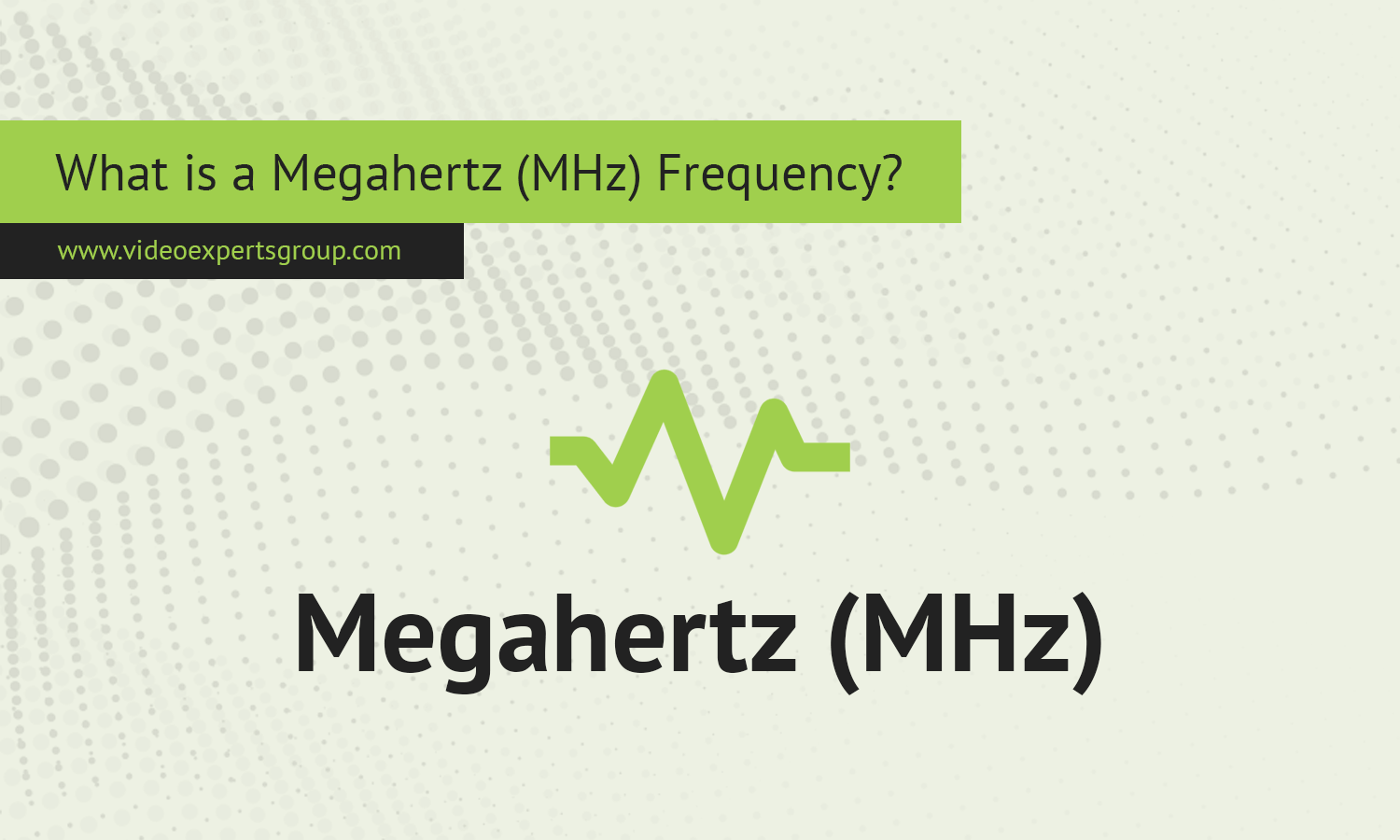Megahertz (MHz) is a term you will often come across in various fields such as telecommunications, computing, and broadcasting. This unit of frequency is critical in determining the speed at which electronic devices operate and how signals are transmitted over the airwaves. Whether you're tuning into an FM radio station or checking the speed of a computer processor, MHz is an essential concept. In this article, we’ll explore what a megahertz is, how it is used, and common examples of its application, along with answers to frequently asked questions.
Meaning
Megahertz (MHz) is a unit of frequency that equals one million hertz (Hz). Frequency is the rate at which something repeats or cycles per second. When measuring in MHz, it means that a signal or process completes millions of cycles in one second. The base unit, hertz (Hz), measures frequency in terms of one cycle per second. Therefore:
1 MHz = 1,000,000 Hz
When you see a device or signal rated in MHz, it indicates that it can oscillate or cycle a million times per second. This measurement is crucial in understanding how fast certain processes occur, especially in electronics and communication systems.
Usage
Megahertz is used in various domains to describe how frequently signals repeat or how fast devices operate. Some of the most common areas where MHz is important include:
-
Radio Broadcasting: FM (Frequency Modulation) radio stations broadcast in the MHz range, typically between 88 MHz and 108 MHz. When you tune into an FM station, you are selecting a frequency within this range to receive the broadcast signal. Each radio station operates at a specific MHz frequency, such as 101.1 MHz.
-
Processor Speeds: In computing, the speed of a central processing unit (CPU) used to be measured in MHz before modern processors evolved to use gigahertz (GHz). Early computers operated in the range of 4 MHz to several hundred MHz, and the speed determined how many instructions the CPU could process per second.
-
Wireless Communication: Many wireless communication systems, including Bluetooth, Wi-Fi, and cellular networks, operate in the MHz and GHz frequency ranges. For example, the 2.4 GHz Wi-Fi band shares frequencies with older wireless technologies that operated in MHz bands. MHz is also used for radio frequency (RF) signals in various devices, including remote controls, walkie-talkies, and garage door openers.
-
Television Broadcasting: Older analog TV signals, as well as modern digital TV broadcasts, are transmitted at frequencies in the MHz range. For instance, UHF television channels use frequencies between 470 MHz and 806 MHz.
-
Scientific and Industrial Equipment: MHz frequencies are also used in specialized equipment such as medical imaging devices, including some ultrasound machines, and in certain types of industrial equipment for testing and diagnostics.
MHz Examples
Here are a few examples of how MHz is used in real-world applications:
-
FM Radio:
- FM radio stations broadcast between 88 MHz and 108 MHz. For instance, a popular station might broadcast at 100.7 MHz, meaning the signal oscillates 100.7 million times per second.
-
Wi-Fi:
- Some Wi-Fi devices operate in the 2.4 GHz range, which is equivalent to 2400 MHz. However, earlier wireless communication standards operated at frequencies below 1 GHz, around 900 MHz.
-
Computer Processors:
- Early computer processors, such as Intel's 8088 chip, operated at 4.77 MHz, meaning the CPU could execute around 4.77 million cycles per second. Modern processors have moved to GHz speeds, but MHz was the standard for many years.
-
Analog Television:
- Analog TV channels in the VHF band used frequencies between 30 MHz and 300 MHz, while UHF channels occupied the range between 470 MHz and 806 MHz.
-
Medical Ultrasound:
- Some medical ultrasound devices operate at lower frequencies, such as 1 MHz or 3 MHz, depending on the type of imaging required. These frequencies help create detailed images of tissues inside the body.
FAQ
Megahertz (MHz) plays a crucial role in a wide range of technologies, from broadcasting and communication to computing and medical devices. It helps determine the speed at which processes and signals operate, allowing us to enjoy everything from fast internet connections to clear radio broadcasts. Understanding MHz is essential for anyone working with or using modern electronic devices and communication systems.
















